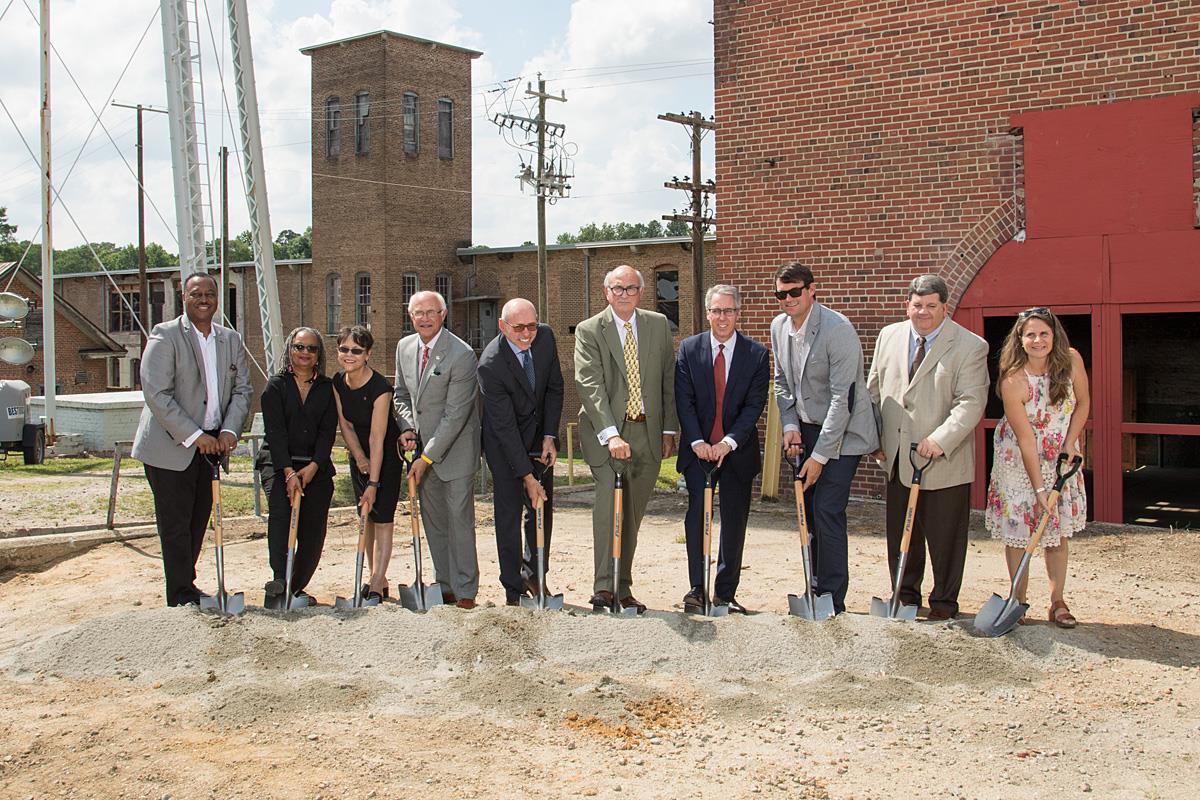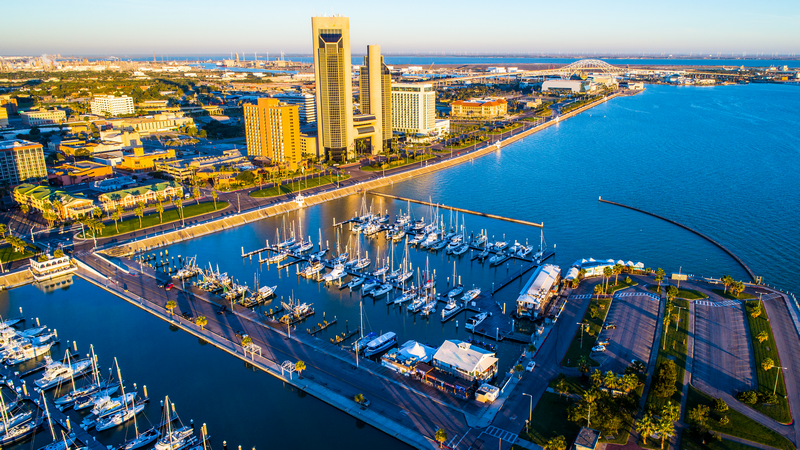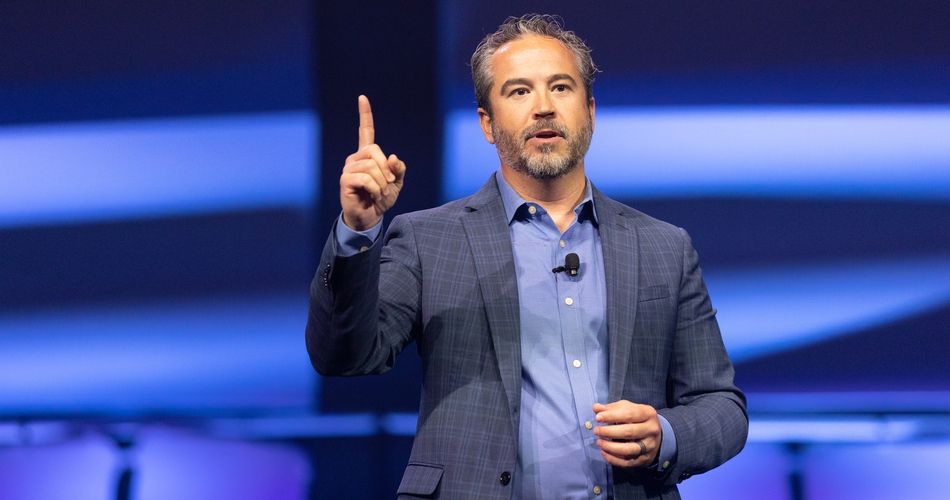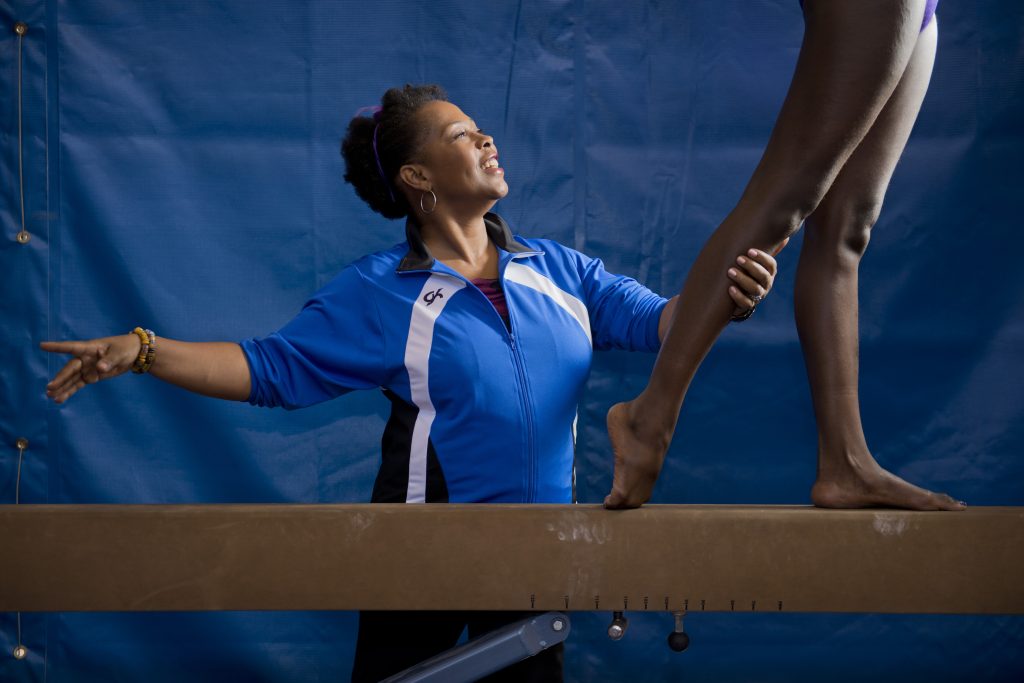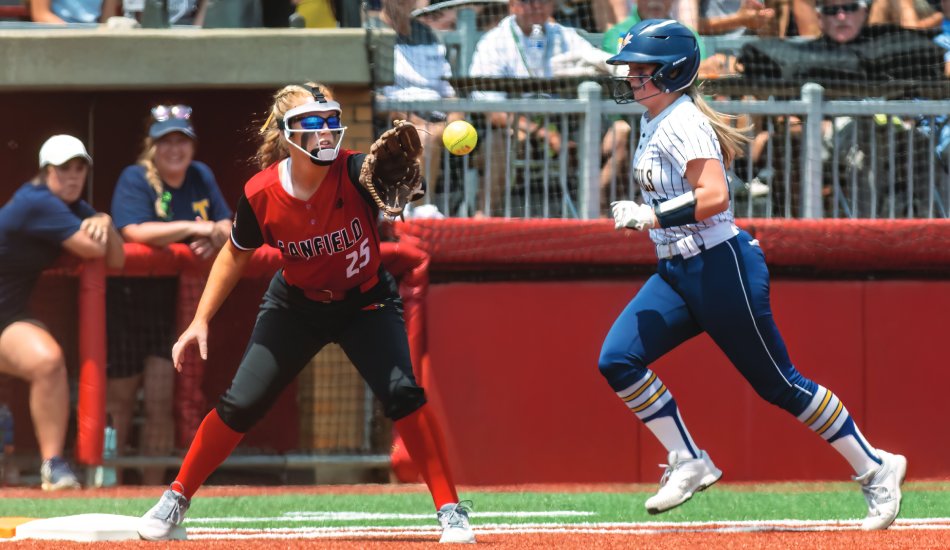There are many great ideas for new facilities. In most communities, the idea for a new sports complex begins during a visit to another city’s facility when a visionary leader or group asks themselves, “Why can’t we do this in our community?” Then, with research and knowledge of the economic and social benefits of new facilities, the idea begins to take on other advocates. It is a very exciting time and process. However, many new complexes fail to become reality because financing such endeavors can be a very difficult task.
Project financing is an initiative that must be woven into the fabric of the project as early as possible. That’s because projects start to become financeable very early in their conception with key elements such as political will, location, strategic partnerships, program-planning, design efficiency and management. Each component plays a vital role in how likely a project is to gain funding and public approval.
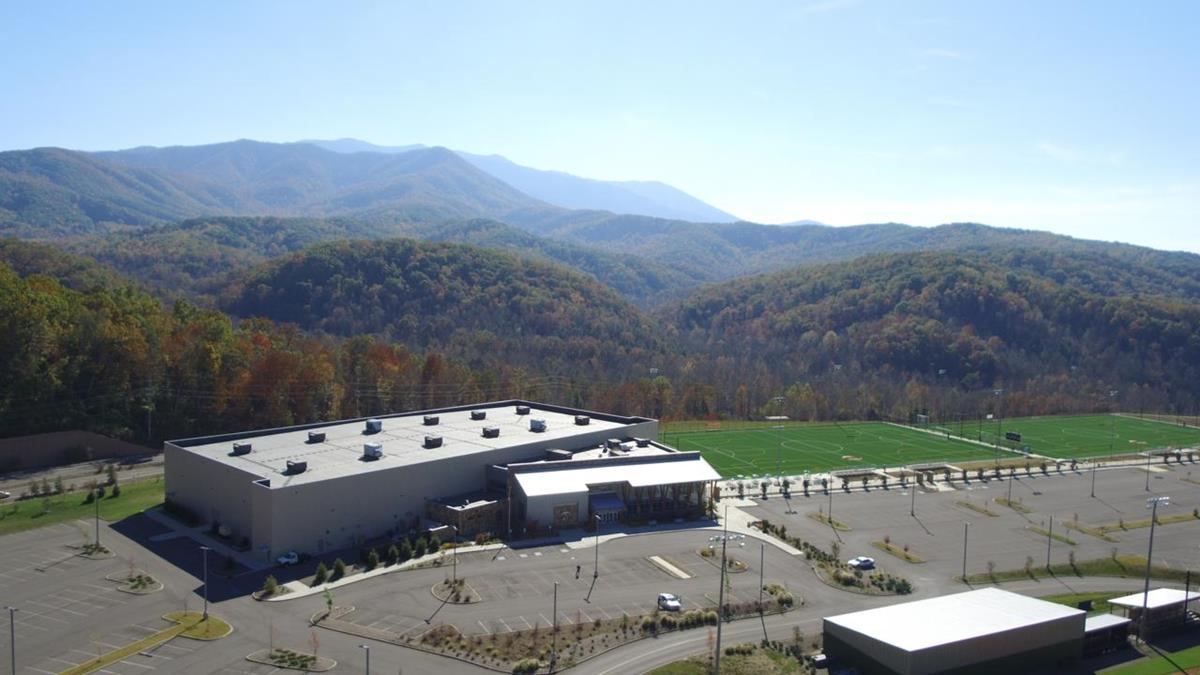
Whether you have a new idea that you are ready to kick-start or you have a project that is stalled or lacks traction, in many cases there are specific steps that can be taken to improve the likelihood of successful financing.
Take the following real-world case study projects that maneuvered this complicated process in very different ways.
Project 1—Big Idea
Background: This large sports tourism concept began with a feasibility study suggesting it could be a great economic development engine for the township in which it would be located. During the planning process, the parks and recreation department and the convention and visitors bureau appear to work well with one another. As is typical, there are some political hurdles to be overcome, but it seems likely to become a real project. However, there is no real plan or timeline for financing the project, and the steering committee is uncertain what steps to take next.
Analysis: It’s clear that Project 1 seems to have followed a strong path, but it lacks any special or original elements. It is also clear that the planning team has treated project financing as a “next-step” rather than a leading driver to the planning process. The collaboration between the CVB, parks and recreation department and market feasibility studies are great, but now what?
Next steps: With a feasible ‘yes’ and political will, the next step for the committee is to develop a program plan that produces enough revenue to offset expenses. This will require the steering committee for this project to complete or hire a third party to produce an institutional-grade financial forecast and economic impact study. These resources should be completed to reflect a realistic debt load and financing terms. This process may also influence the program plan, as the program may need to be value-engineered to maximize return on investment. In most cases, this step requires third party expertise obtained through a RFI (request for information), RFQ (request for qualifications) or direct inquiry to a firm specializing in these services.
Project 2—Strategy
Background: Project 2 is a large indoor tournament-based facility that will be located adjacent to a hotel that is perfectly suited for youth and amateur athletes. The project team is led by the owner of the project, who will also be the hotel owner. According to the owner’s definition of success, the third party firm produced an institutional-grade financial forecast economic impact study and has created a program plan to maximize overnight room nights and visitation. Also, through a negotiation with a public entity and after presenting the economic impact forecasts, this project received 50% of its development costs from the county. The projections show that the new sports complex will produce an increase of 40% in-room night sales for this property alone. This project has contracted an outsourced management team and built its forecasts from data gathered by real-world, current-day operations rather than solely relying on local demographic studies. The hotel owner and investor now need to place capital and obtain debt to fund the project.
Analysis: Project 2 has all the markings of a project that is headed to success. It has strong early-stage financing sponsors/partners and produces direct benefit to the hotelier and municipality through future incremental increases in local tax collections.
Next Steps: With all the documentation in place and strong early-stage partners, the next step is for the project to secure multiple offers for financing. This project will present the opportunity to a number of different banks to secure the required debt. The team needs to build a presentation schedule and set up meetings with potential funding sources. The team will present letters of intent for use by local sports and civic organizations, documentation confirming the 50% public contribution, a construction cost estimate, a site survey, a permitting timeline and other documents to illustrate its readiness to move forward. This will be used to create urgency and competition among funding sources.
Project 3—Location
Background: Project 3 is an events center intended to be a redevelopment project for a dying downtown. This project secured an agreement with a health clinic and was planned to accommodate a wide range of sports and special events, conventions and concerts. Additionally, because this project is located in a redevelopment zone, the project will qualify for special government-backed loans that will reduce its cost by more than 15%. The debt service on the project has been evaluated early in the planning process, and the bonds required to fund the project are well within the city’s limitations. This project has also completed its feasibility study, financial forecasts, economic impact studies and has secured an experienced management team that is performing well in other similar projects.
Analysis: Project 3 was able to take advantage of lower capital costs because if its location and mission, which helped to qualify it for special financing. The city’s finance team determined early on that the construction and start-up costs are within the city’s budget limitations. The project was thoroughly researched and professional operators were secured. The project had the direct involvement of the city manager and achieved its financing within fice months of city council approval because it was well prepared.
So, what’s the point? It is that successful projects begin to think about financing very early and are financed based upon an institutional grade financial forecast, debt capacity and credit-worthiness of the owner. So, while facility design and vision are important, successful facility planning views every major element of the project as a potential contributor to or detractor from finance ability. With this prospective, the design, location, program plan, economic impacts, cashflow and debt capacity are considered early and often, as each play a vital role in project finance. The good news is that if you do not possess the project planning and finance experience necessary to factor for these elements— there are experts available to help.
Now, stop reading and get out there to turn your ideas into action!

